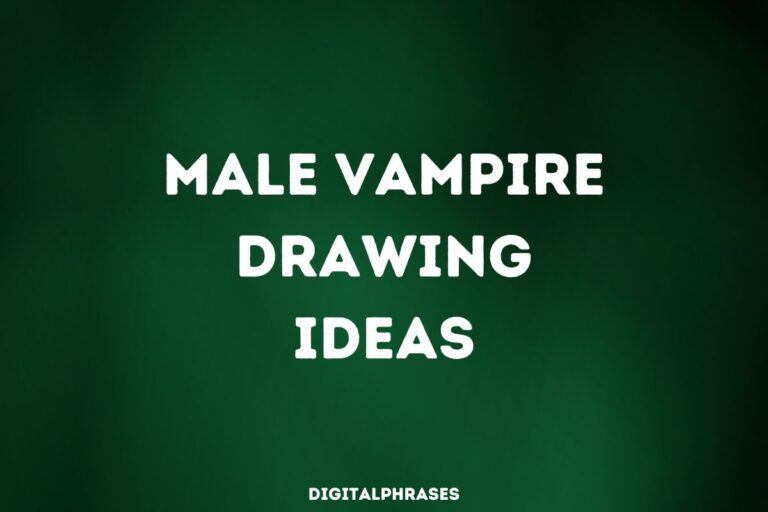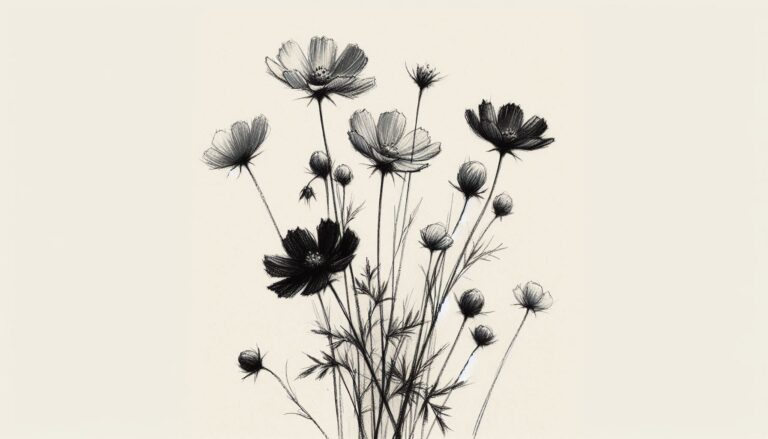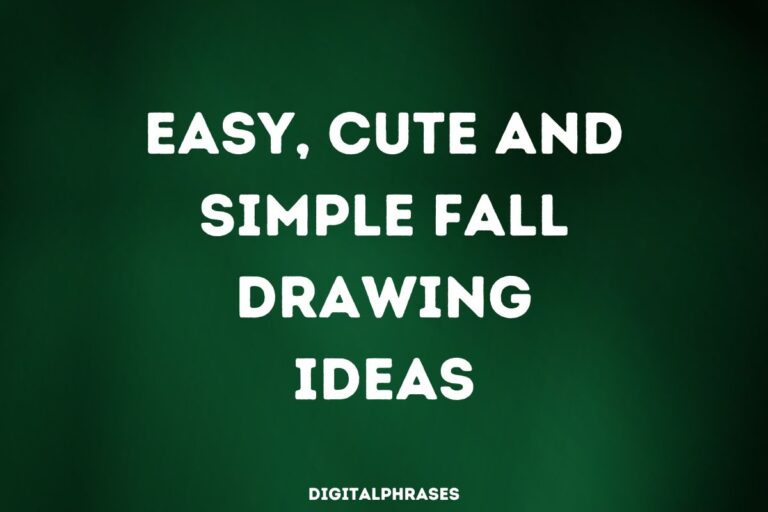120 Demon Drawing Ideas
Demons, as a subject matter, allow for a vast range of interpretations, from terrifying and grotesque beings to more subtle, seductive entities.
This blog post will help you with some amazing drawing ideas of the types of demons that can exist.
Beware, you might just get addicted.
Male Demon
1

2

3

4

5

6

7

8
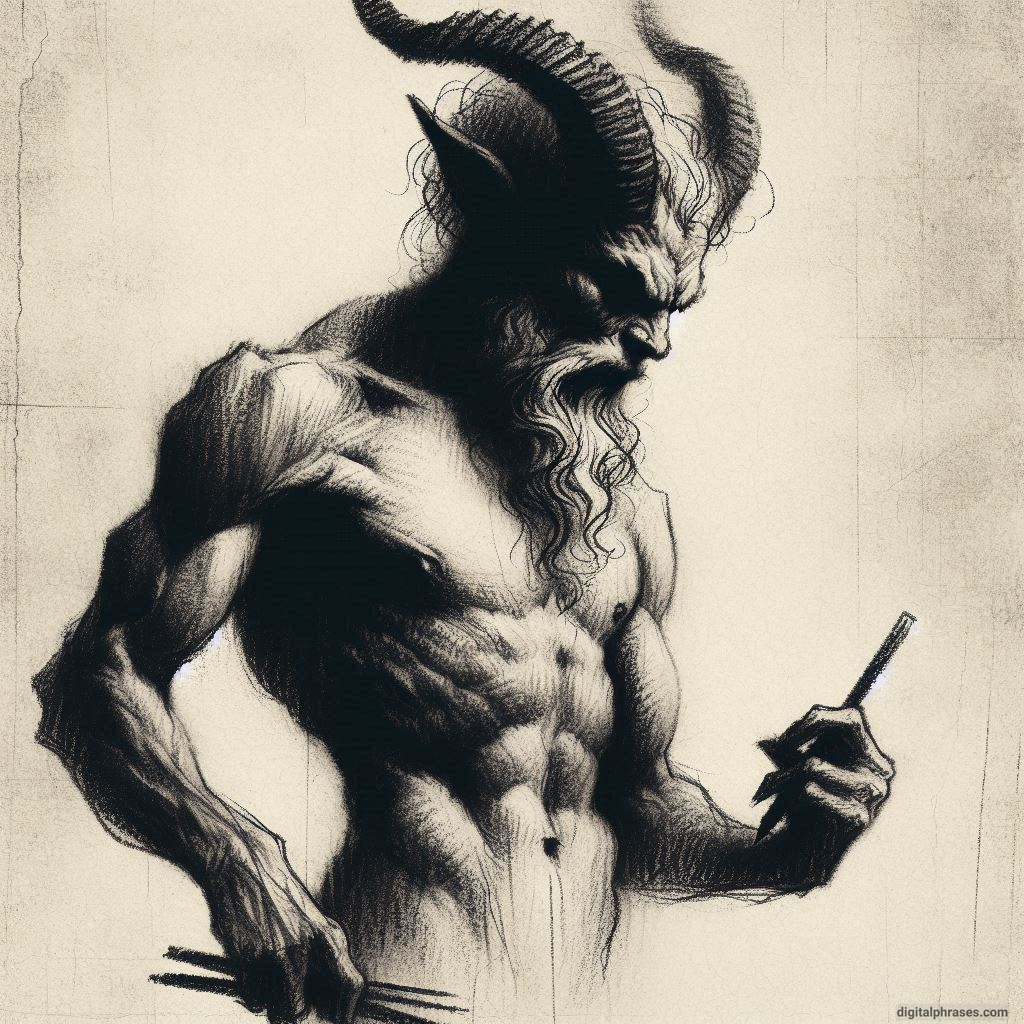
9

10

Female Demon
1

2

3

4

5

6

7

8

9

10

Ancient Guardian Demon
1

2

3

4

5
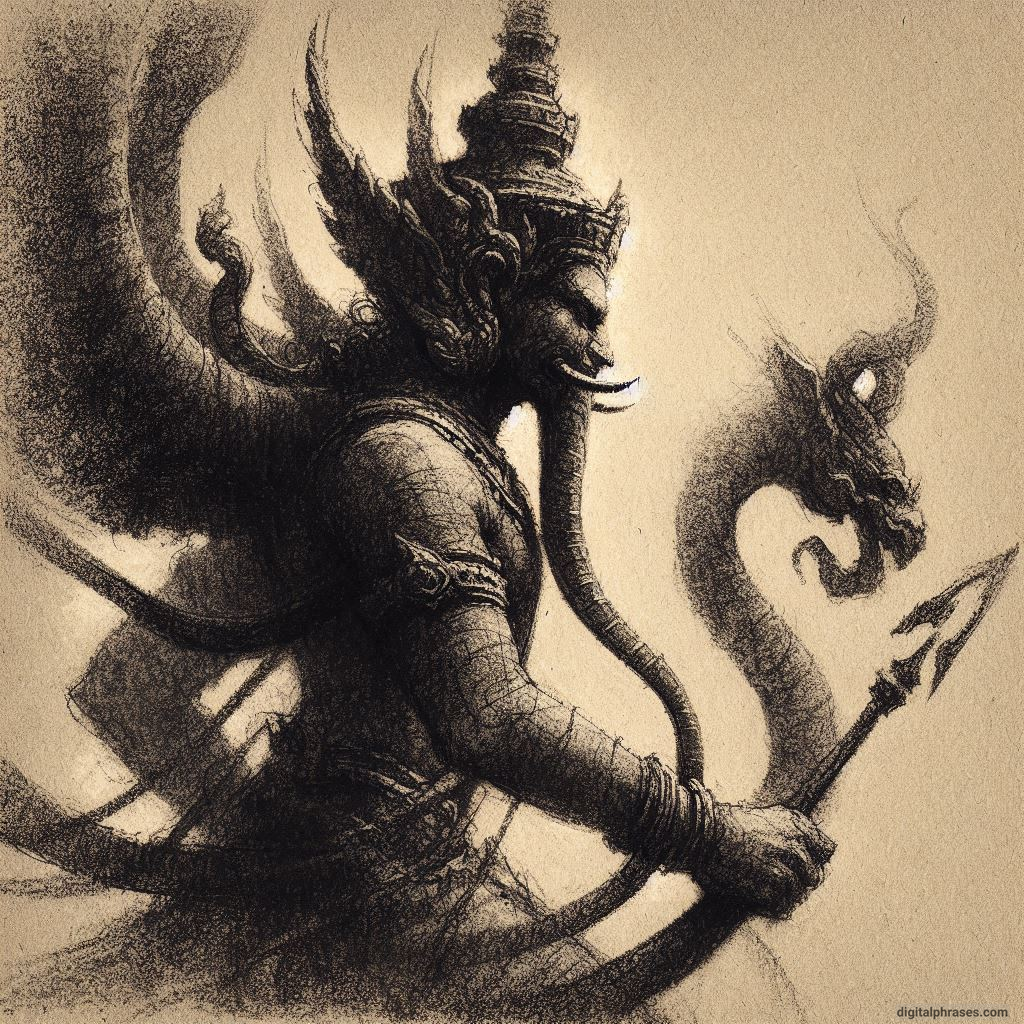
6

7

8

9

10

Shadow Demon
1

2

3

4

5
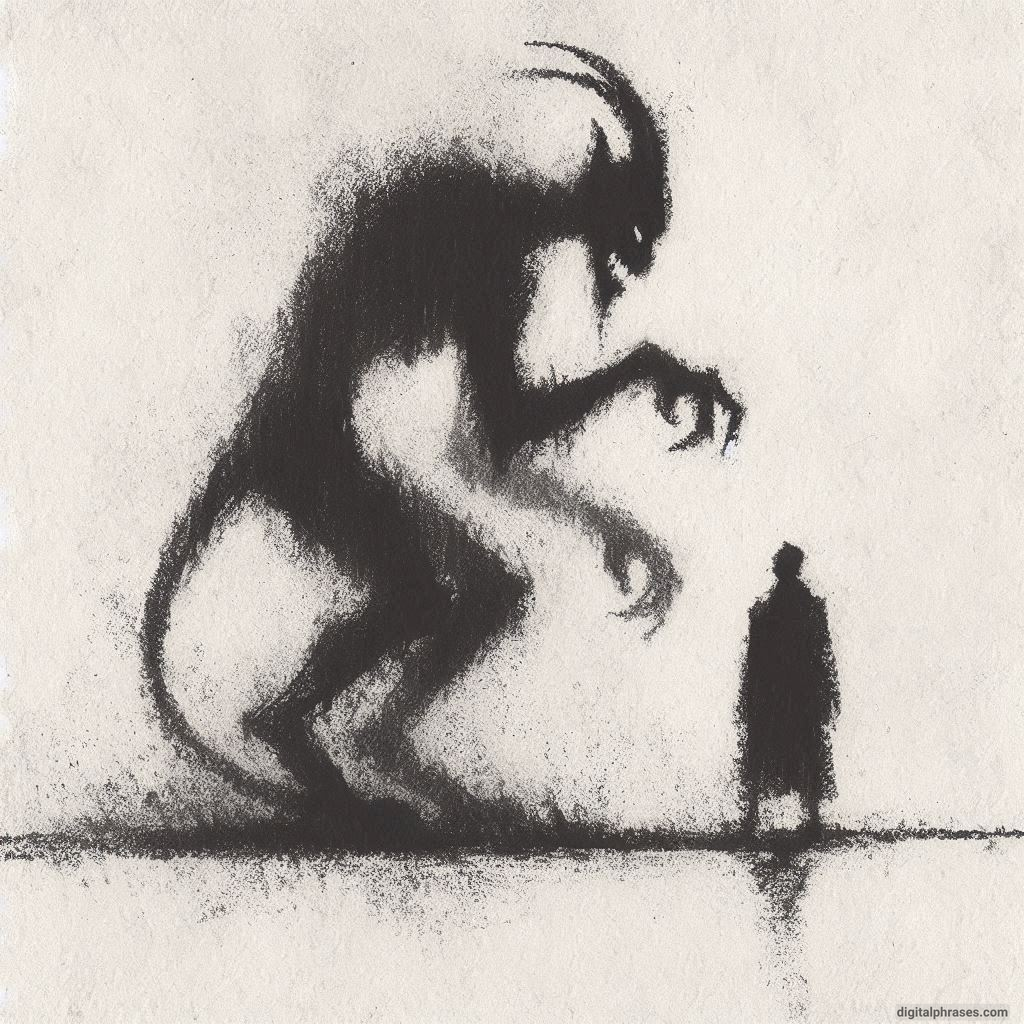
6

7

8

9

10

Fire and Brimstone Demon
1

2

3

4

5

6

7

8

9

10

Ice Demon
1

2

3

4

5

6

7

8
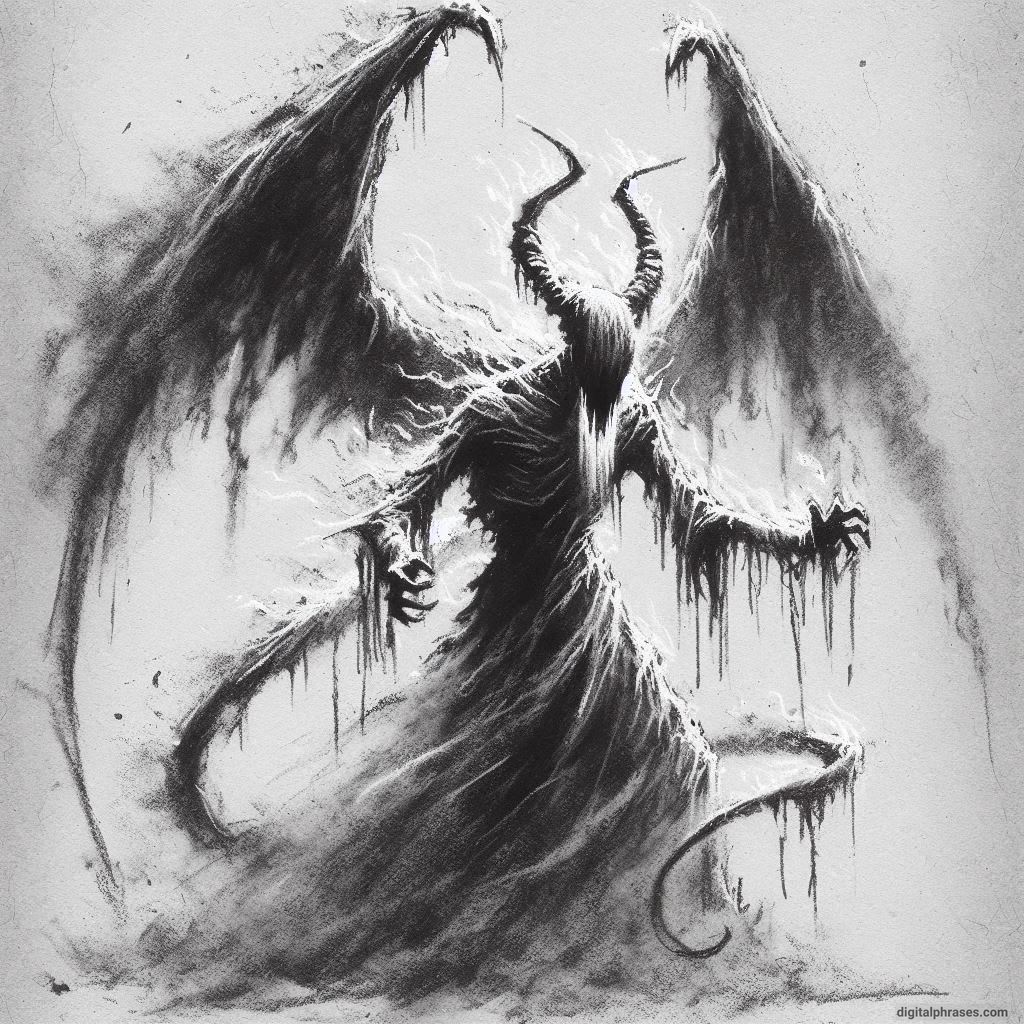
9

10

Insectoid Demon
1

2

3

4

5

6

7

8

9

10
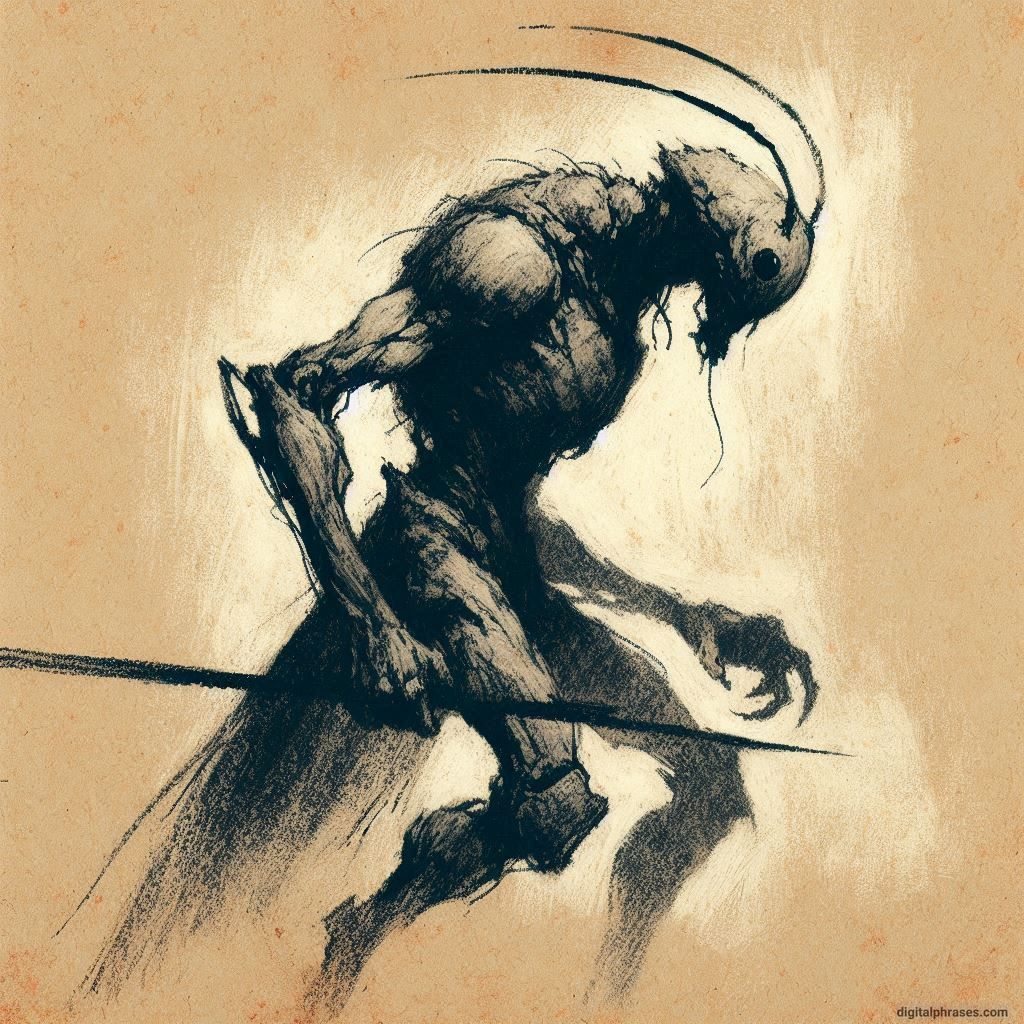
Serpent Demon
1

2

3

4
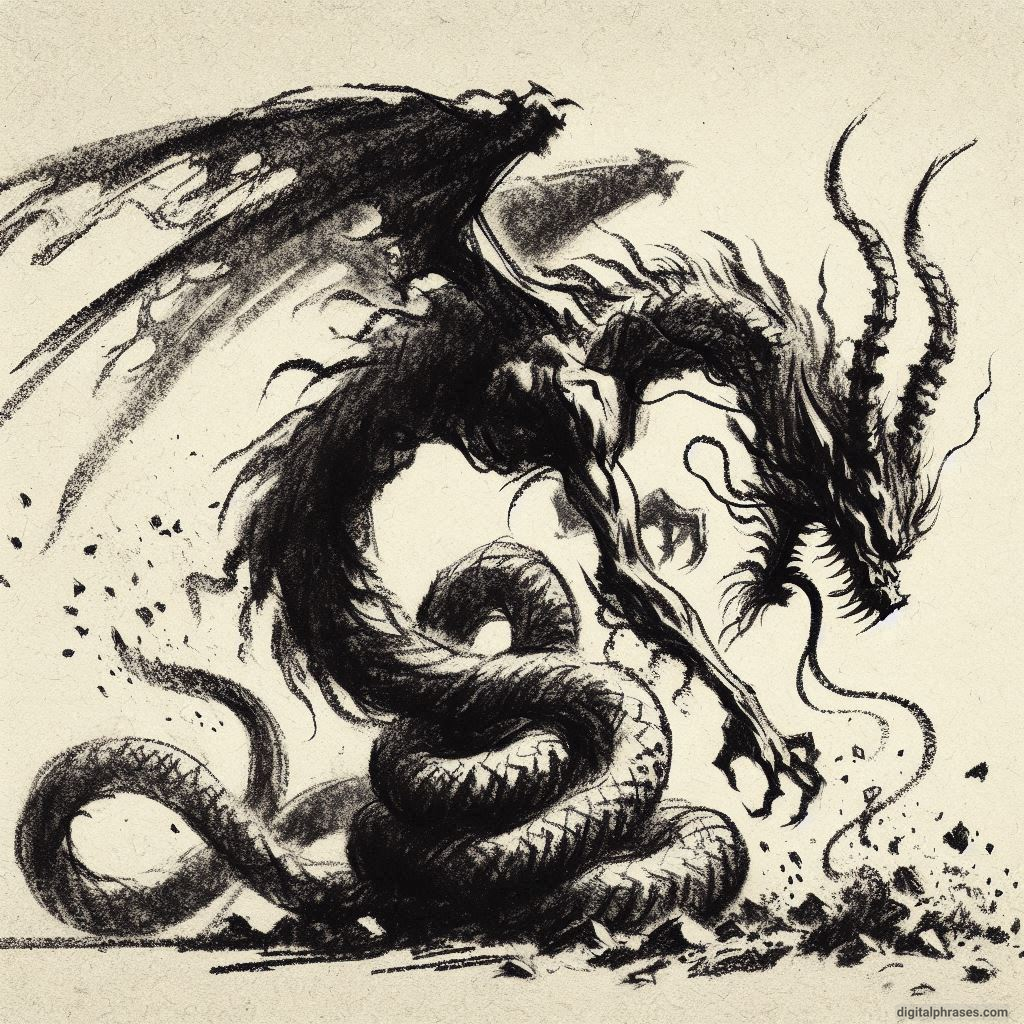
5

6

7
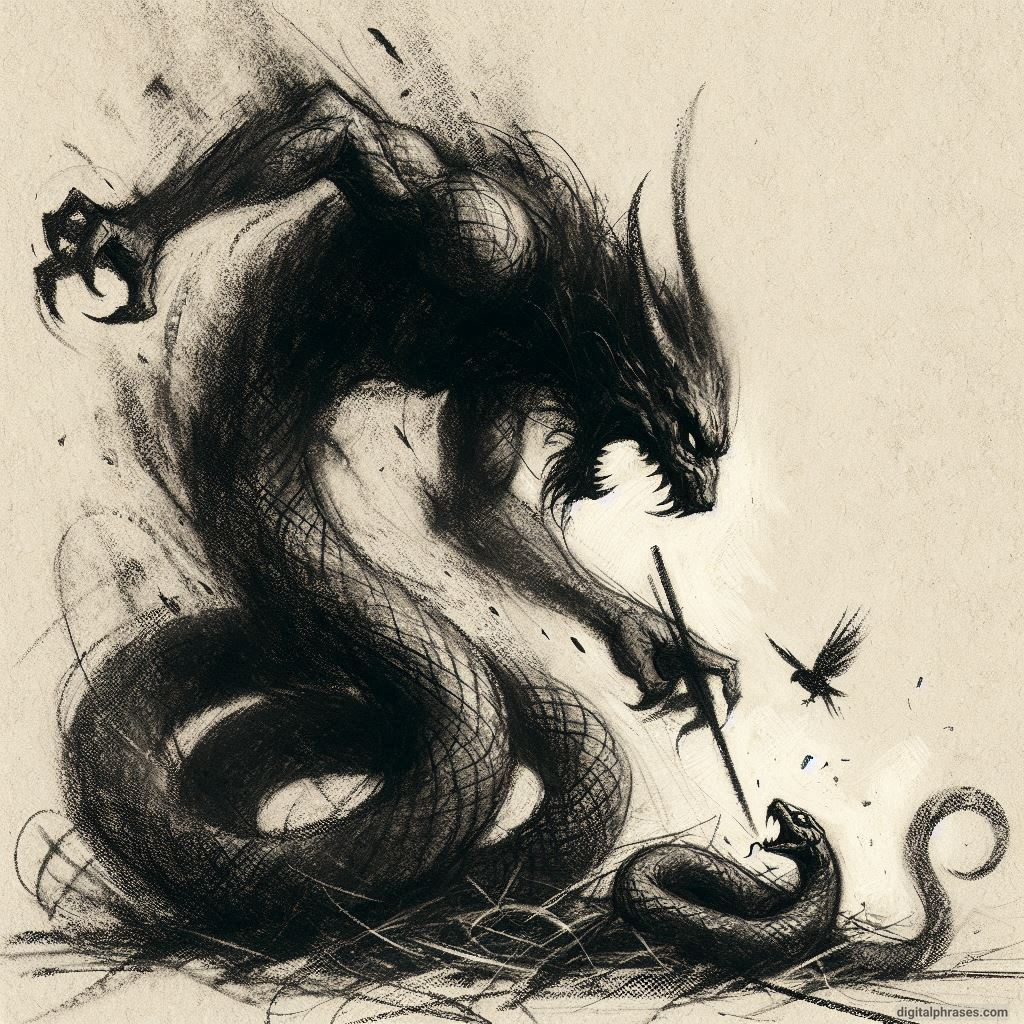
8

9

10

Forest Demon
1

2

3

4

5

6
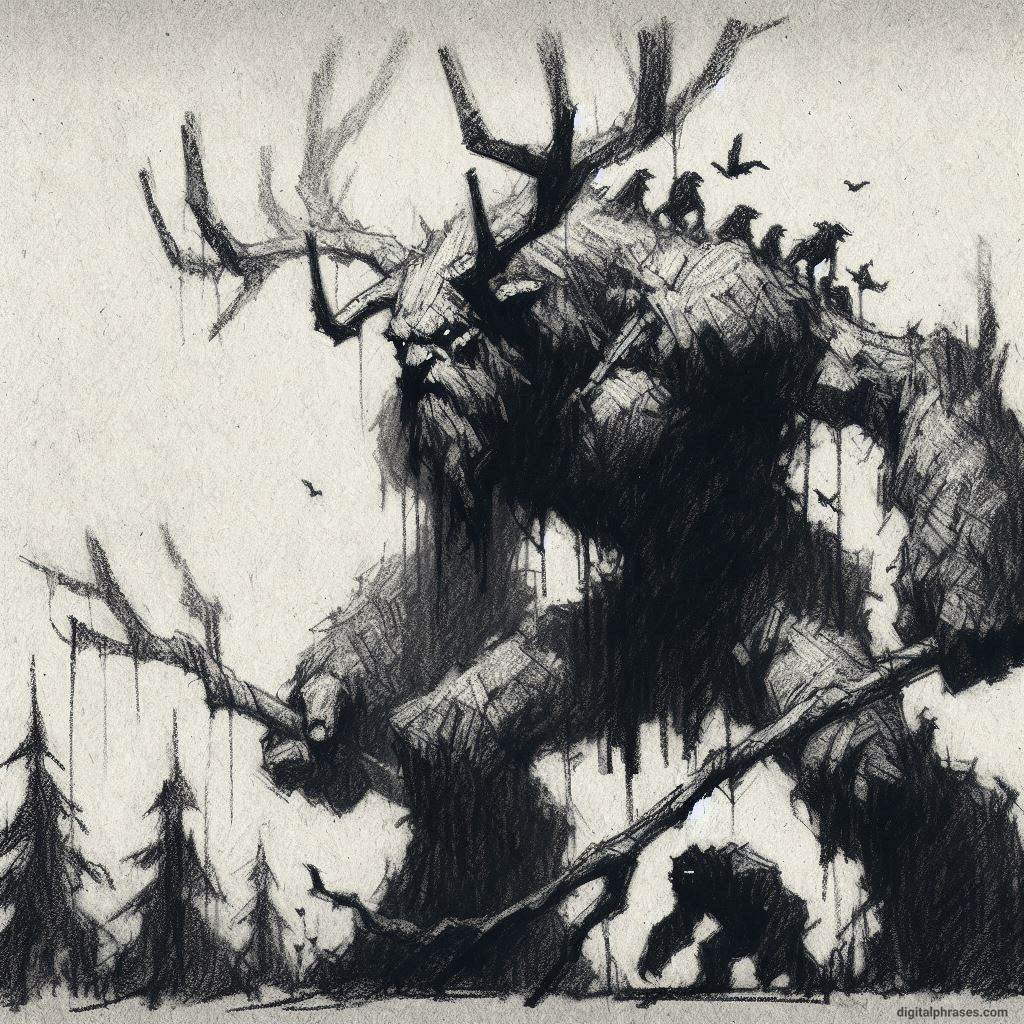
7

8

9

10

Mechanical Demon
1

2

3

4

5
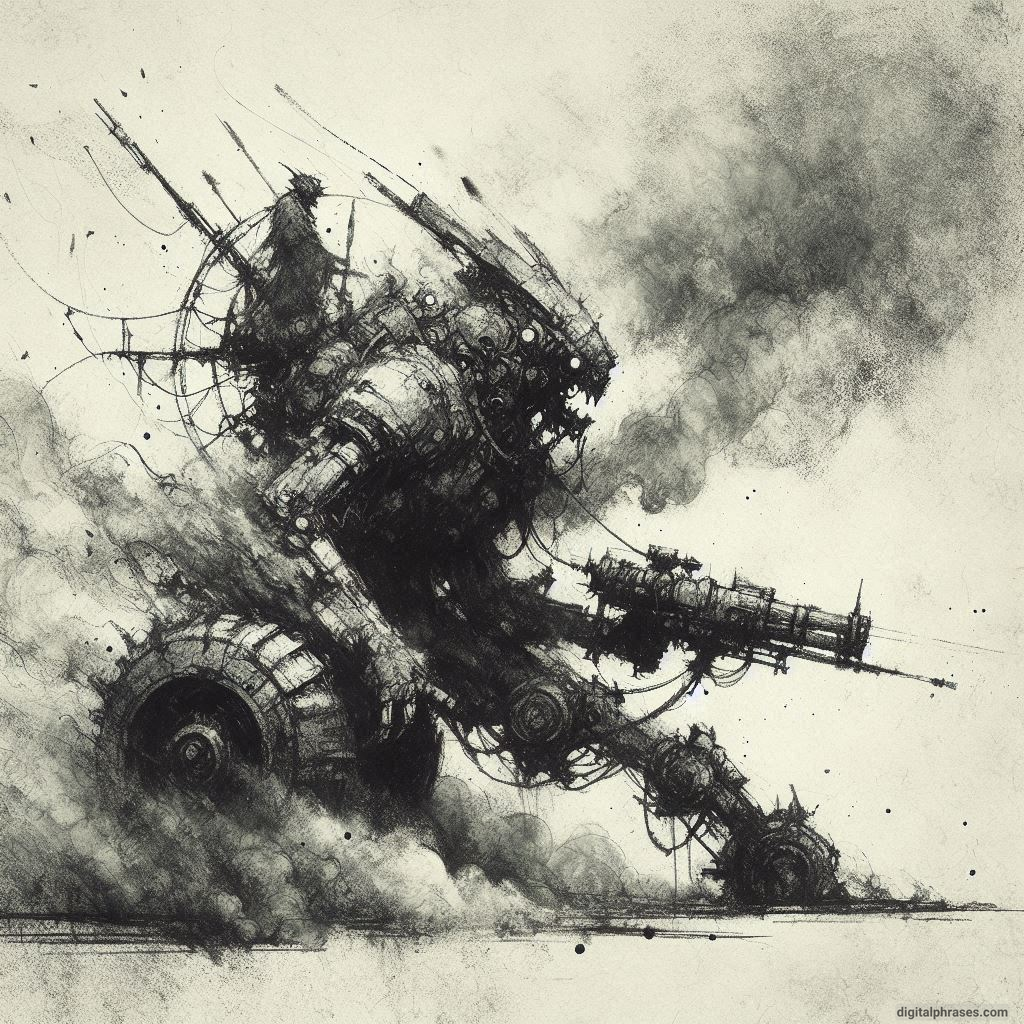
6

7

8

9

10

Bird Demon
1
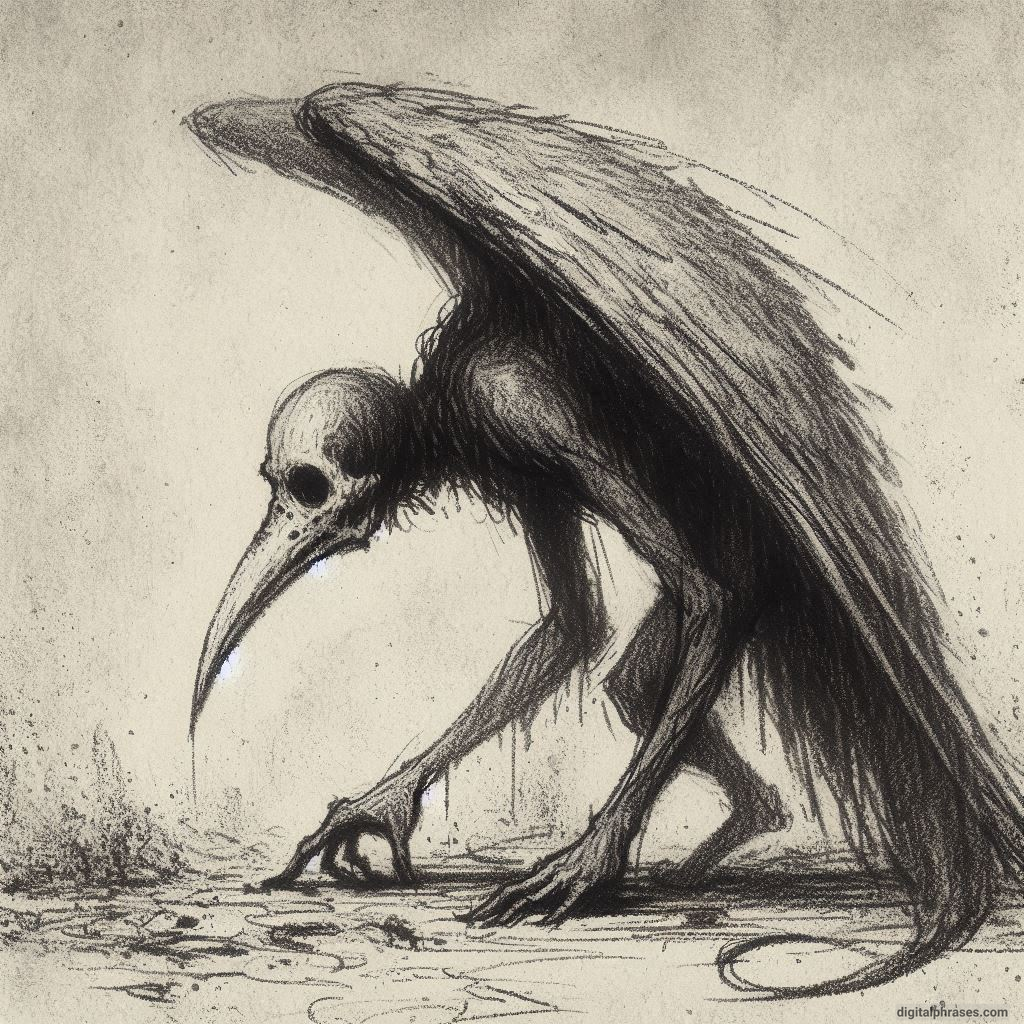
2

3

4

5

6
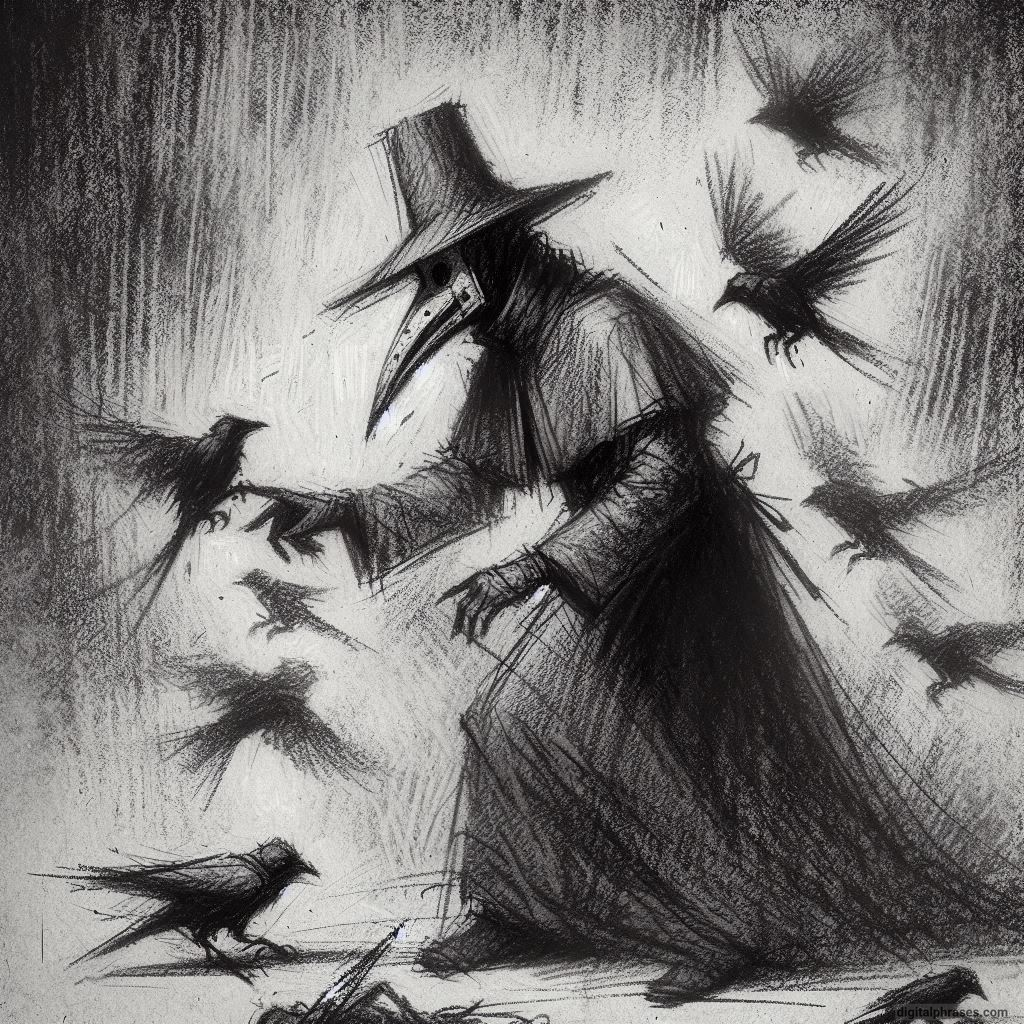
7

8

9
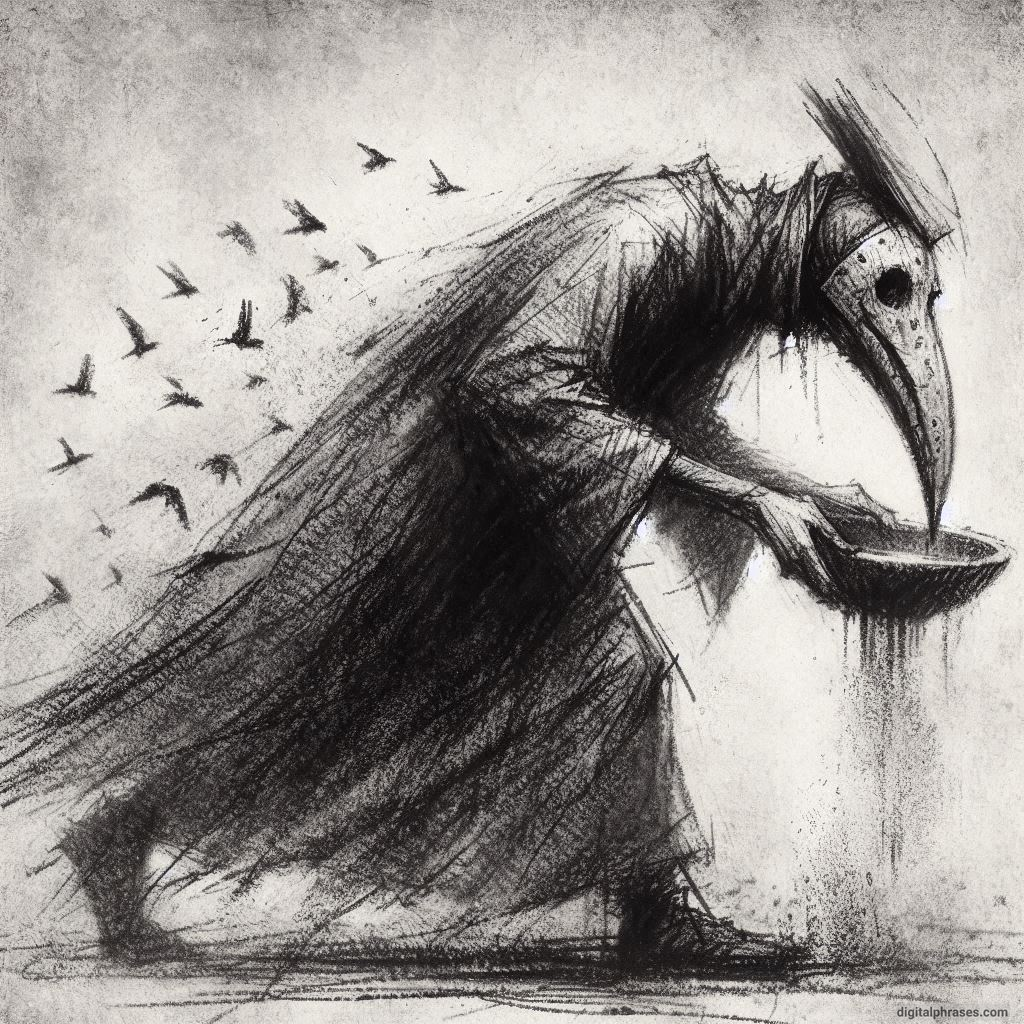
10

Warrior Demon
1

2

3

4

5

6

7

8

9
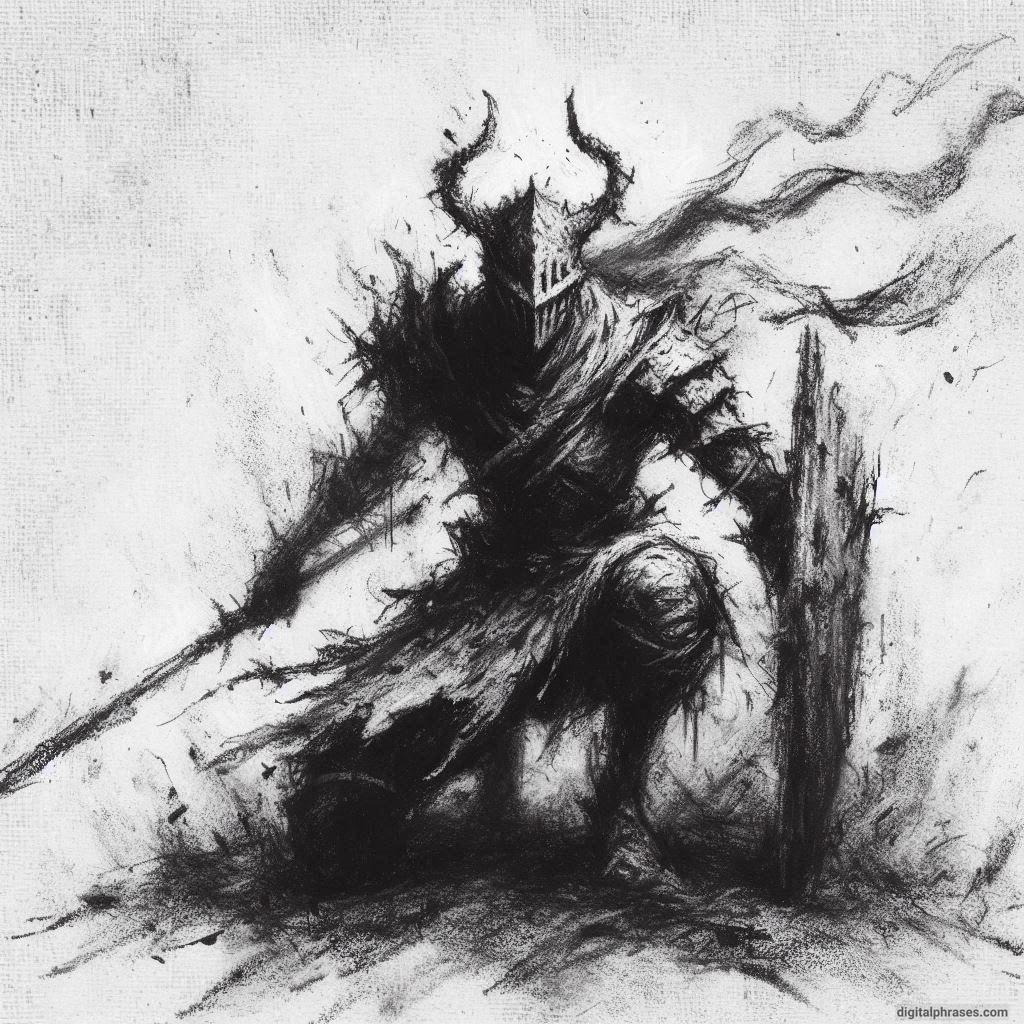
10

Key Elements to Focus On While Drawing a Demon
Focus on these things while drawing a demon.
1. Concept and Inspiration: Defining Your Demon
Before you even pick up your pencil, it’s crucial to have a clear concept in mind. What kind of demon are you drawing? Is it inspired by mythology, religion, or your own imagination? Understanding the origins and purpose of your demon will help you design features that are consistent and meaningful.
- Mythological and Religious Demons: Demons from various mythologies and religions often come with specific characteristics. For instance, the Christian depiction of demons often includes elements of suffering, such as scars, chains, or twisted limbs, symbolizing their fall from grace. In contrast, Japanese Oni are more ogre-like, with horns, fangs, and an imposing stature. Researching the background of the demon you want to draw can provide a wealth of inspiration.
- Personal Interpretation: If you’re creating an original demon, think about what it represents. Is it a manifestation of a particular emotion, vice, or fear? For example, a demon representing greed might have multiple arms clutching gold, while one embodying fear could have an unsettling, shifting form that is hard to pin down.
2. Anatomy and Structure: Building the Foundation
The anatomy of your demon is a foundational element that will determine its overall impact. Unlike drawing a human figure, where anatomical rules are relatively strict, demons allow for more creativity—but this creativity must still be grounded in some form of structure to maintain believability.
- Human and Animal Hybrids: Many demons are depicted as hybrids of human and animal forms. Understanding both human anatomy and the anatomy of various animals is crucial here. For example, a demon with the legs of a goat and the wings of a bat will require knowledge of the muscle structure in both creatures to make the design plausible.
- Distortion and Exaggeration: Demons often have exaggerated features to emphasize their monstrous nature. Think about elongated limbs, oversized mouths, or distorted proportions. These exaggerations can convey a sense of otherworldliness and terror, but they should be done thoughtfully. The key is to maintain a balance between exaggeration and structure so that the demon remains recognizable and impactful.
- Asymmetry: Asymmetry can be used to make a demon appear more unsettling. Humans are naturally symmetrical, and breaking this norm can create discomfort. For example, giving your demon a single horn, one larger eye, or a twisted spine can add to its eerie and unnatural appearance.
3. Texture and Detail: Bringing the Demon to Life
Texture is an important element that can add depth and realism to your demon drawing. The texture of your demon’s skin, horns, and other features can greatly influence how it is perceived by the viewer.
- Skin Texture: The texture of your demon’s skin can convey a lot about its nature. Is the skin smooth and oily, suggesting a slippery, deceitful creature? Or is it rough and cracked, indicating age, torment, or a harsh environment? Consider how scars, scales, or boils might add to the character of your demon.
- Horns, Claws, and Teeth: These are often defining features of demons. Pay attention to the texture of these elements—are the horns gnarled and twisted, or sleek and polished? Are the claws jagged and worn, or sharp and pristine? Details like these can add layers of narrative to your drawing.
- Eyes and Expression: The eyes are often the focal point of a demon drawing. Consider the shape, size, and expression of the eyes to convey the demon’s personality. Glowing eyes can suggest a supernatural power, while empty sockets might evoke horror or despair. The expression of the eyes and mouth should reflect the demon’s intent, whether it’s malevolent, mocking, or sorrowful.
4. Lighting and Shadow: Creating Mood and Atmosphere
Lighting is a powerful tool that can drastically change the mood of your demon drawing. The way you use light and shadow can emphasize certain features, create a sense of depth, and evoke a particular atmosphere.
- Chiaroscuro: This technique, which involves the strong contrast between light and dark, can be highly effective in demon drawings. It can help highlight the most menacing features of your demon, such as its eyes or claws, while casting other parts into shadow, creating an ominous and mysterious effect.
- Backlighting and Silhouettes: Backlighting can give your demon a dramatic, almost ethereal appearance, especially if combined with a foggy or smoky background. Silhouetting can be used to emphasize the demon’s shape and posture, making it appear larger or more intimidating.
- Color and Mood: If you’re working in color, consider how different color schemes can affect the mood. Red and black are traditional colors associated with demons, symbolizing hellfire and darkness. However, you can also experiment with other colors—green for a poisonous, venomous look, or blue for a cold, ghostly demon. The color of the lighting can also affect the mood; for example, a warm, golden light might create a false sense of security, while a cold, blue light can make the demon appear even more menacing.
5. Pose and Composition: Telling a Story
The pose of your demon and the composition of your drawing play a crucial role in conveying the story and intent behind your work. A well-chosen pose can communicate power, threat, or even sorrow.
- Dynamic Poses: A dynamic pose can convey action and aggression. Consider how the demon’s limbs are positioned—are they ready to pounce, or are they in a defensive stance? Dynamic poses often involve diagonal lines and asymmetry, which create a sense of movement and tension.
- Static Poses: A more static pose can convey a sense of control or dominance. A demon standing tall with arms crossed or a hand outstretched in a commanding gesture can appear powerful and intimidating. Static poses often involve vertical and horizontal lines, which create a sense of stability and authority.
- Interaction with the Environment: How your demon interacts with its environment can add depth to your drawing. Is it emerging from the shadows, tearing through a wall, or looming over a ruined landscape? The environment can also reflect the demon’s nature—burning ruins for a demon of destruction, a barren wasteland for one of despair, or a stormy sky for one of chaos.
6. Symbolism and Narrative: Adding Depth and Meaning
Symbolism can add layers of meaning to your demon drawing, making it more than just a depiction of a monster. Think about the elements you include in your drawing and what they might represent.
- Traditional Symbols: Many demons are associated with specific symbols. For instance, a pentagram is often associated with demonic entities in Western culture, while serpents might represent deception or evil. Including these symbols can add a layer of meaning to your drawing, but be mindful of how they are used to avoid clichés.
- Personal Symbols: Consider incorporating symbols that have personal significance to you or that relate to the demon’s story. For example, if your demon represents betrayal, you might include broken chains, shattered mirrors, or wilted flowers as symbolic elements.
- Narrative Elements: Think about the story your drawing is telling. Is the demon a villain, a tragic figure, or a misunderstood creature? The inclusion of narrative elements, such as the remains of a battle, a victim, or other characters, can add context and depth to your drawing. Even subtle hints, like the direction the demon is looking or the way it holds its hands, can contribute to the narrative.
7. Emotion and Expression: Connecting with the Viewer
A successful demon drawing is one that evokes an emotional response in the viewer. The expression of the demon plays a significant role in this.
- Fear and Terror: If your goal is to create a terrifying demon, focus on expressions that evoke fear. This could be a snarling mouth, glaring eyes, or a posture that suggests imminent attack. The more intense the expression, the more fear it will likely evoke.
- Sadness and Tragedy: Not all demons are purely evil; some might be tragic figures. A demon with a sorrowful expression, perhaps shedding tears of blood or holding its head in its hands, can evoke pity or empathy. This approach can create a more complex and layered character.
- Anger and Rage: Rage is a common emotion associated with demons. Depicting a demon in the throes of anger, with bulging veins, clenched fists, and bared teeth, can create a powerful and intense image. The key here is to make the emotion as raw and palpable as possible.
8. Style and Artistic Techniques: Making Your Demon Unique
Your personal style and the techniques you use can set your demon apart from others. While there are many approaches to drawing demons, finding your unique voice is essential.
- Realism vs. Stylization: Decide whether you want your demon to be realistic or stylized. A realistic demon might have detailed textures, anatomically correct features, and subtle shading, while a stylized demon might have exaggerated proportions, bold lines, and simplified forms. Both approaches have their merits, and the choice depends on the effect you want to achieve.
- Line Work and Shading: The way you use lines and shading can greatly affect the final outcome of your drawing. Fine, detailed line work can add intricacy and realism, while bold, thick lines can create a more graphic, stylized look. Similarly, smooth shading can give your demon a polished appearance, while rough, textured shading can add to its monstrous nature.
- Experimentation: Don’t be afraid to experiment with different techniques and mediums. For example, using ink can create stark, high-contrast images, while charcoal can give your demon a rough, gritty texture. Digital tools offer even more possibilities, such as blending, layering, and applying special effects.
9. Iterative Process: Refining Your Demon
Creating a compelling demon drawing is often an iterative process. Don’t be discouraged if your first attempt doesn’t meet your expectations.
- Sketching and Thumbnails: Start with quick sketches and thumbnails to explore different ideas and compositions. This stage is about experimenting and finding what works best for your vision. You can play with different poses, angles, and proportions to see what has the most impact.
- Feedback and Critique: Sharing your work with others and seeking feedback can be invaluable. Sometimes, others can point out areas for improvement that you might have overlooked. Whether it’s through online art communities, friends, or mentors, constructive critique can help you refine your work.
- Revisiting and Revising: Don’t be afraid to revisit and revise your drawing. Sometimes, stepping away from a piece for a while and coming back with fresh eyes can reveal new possibilities. Reworking areas that don’t quite feel right can transform a good drawing into a great one.
10. Final Presentation: Showcasing Your Demon
Once your demon drawing is complete, think about how you want to present it. The presentation can enhance the impact of your work.
- Framing and Background: Consider the background of your drawing and how it complements the demon. A simple, dark background might make the demon stand out, while a detailed environment can add context and depth. If you’re planning to frame your work, choose a frame that enhances the mood—perhaps something ornate and gothic for a traditional demon or sleek and modern for a more abstract design.
- Digital Presentation: If you’re sharing your work online, think about how it will appear on different screens. High-resolution scans or photographs are essential for capturing the details of your drawing. Consider adding a watermark if you want to protect your work from being copied or used without permission.
- Artistic Statement: Sometimes, including a brief statement about your demon can add another layer of meaning. Explain the concept, symbolism, or the emotions you intended to evoke. This can help viewers connect with your work on a deeper level.
Drawing demons is a fascinating challenge that allows artists to explore the darker side of imagination.
By focusing on concept, anatomy, texture, lighting, pose, symbolism, and emotion, you can create a demon that is not only visually striking but also rich in meaning and narrative.
Remember that art is a process, and each demon you draw will help you refine your skills and develop your unique style. So embrace the darkness, let your creativity flow, and bring your demons to life on the page.

